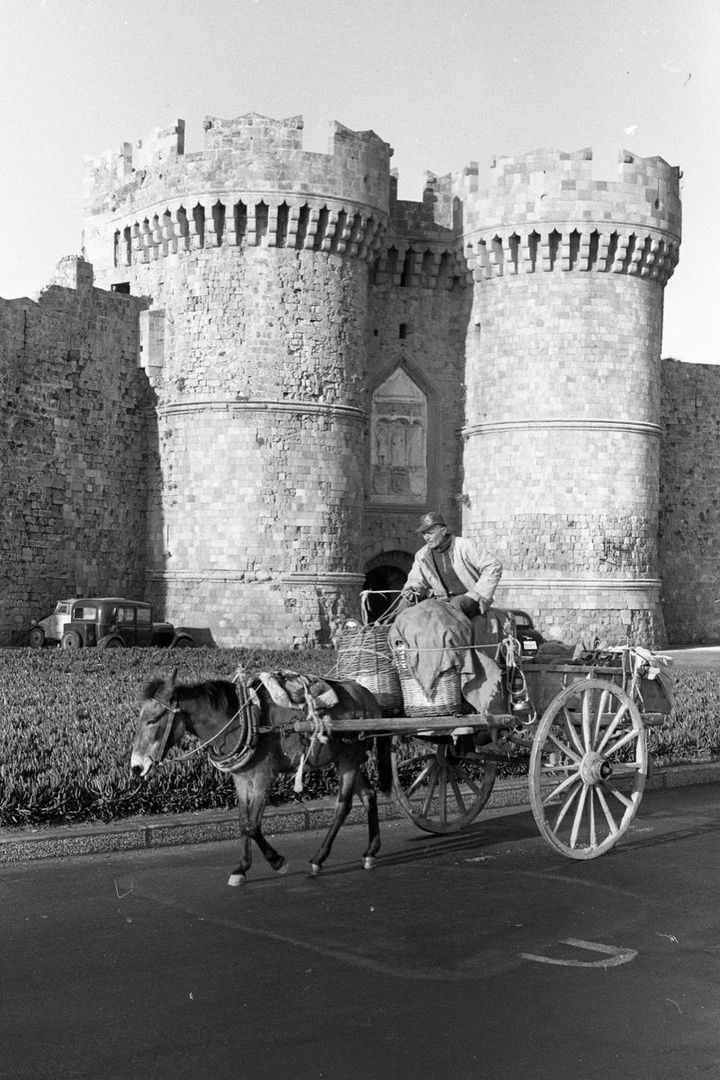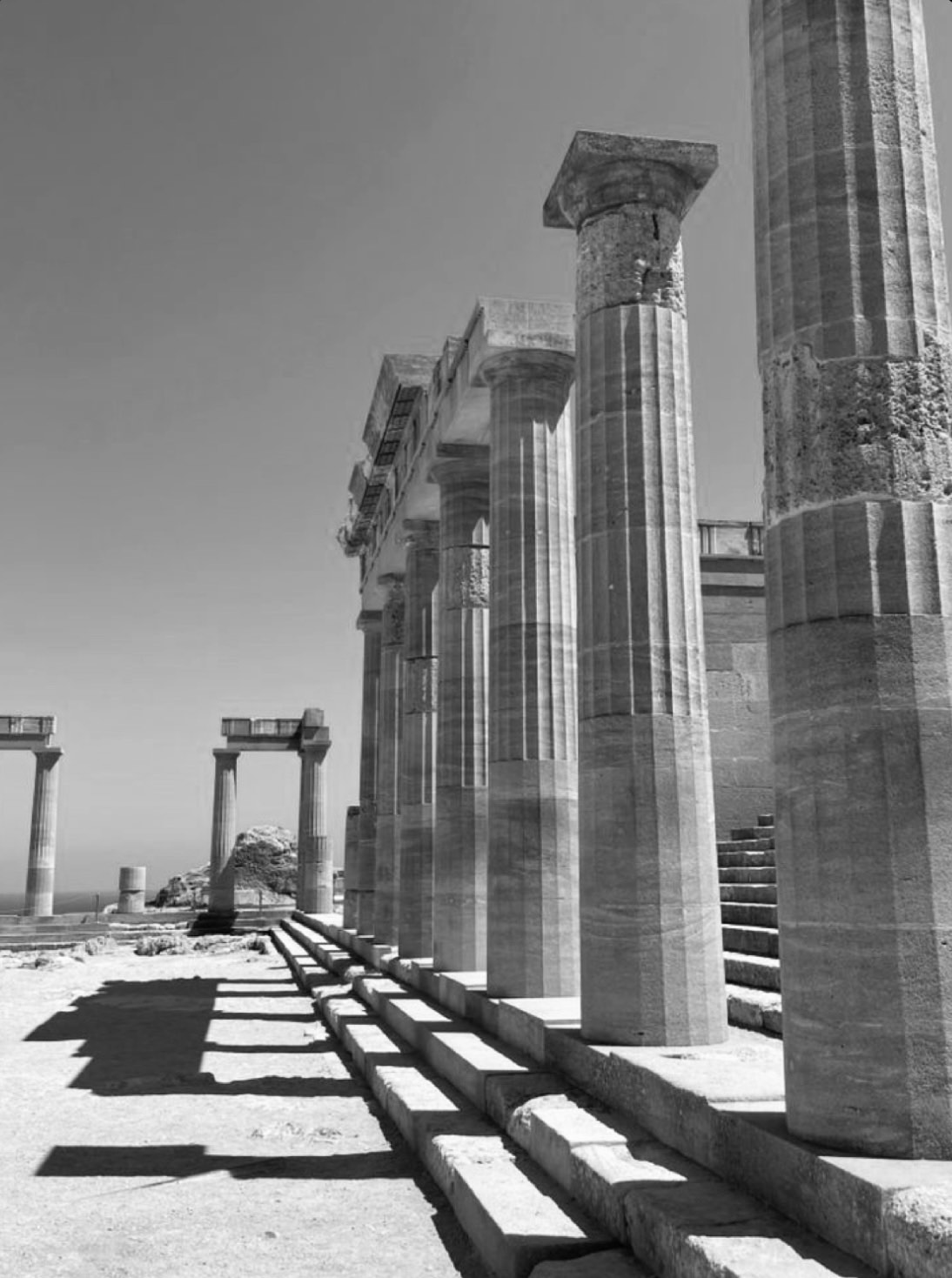During World War II, Rhodes was significantly impacted by the conflicts, changing hands several times. After the war, it was handed from Italy to Britain, and on March 31, 1947, Rhodes was given to the Greek state. In the post-war era, the island was rebuilt and gradually emerged as a top tourist destination.
Modern Rhodes is a blend of its historical past and contemporary Greek life, offering a unique experience to its visitors.
Today, Rhodes is not just a holiday destination but a living museum. Efforts to preserve its rich heritage are evident in the restored medieval buildings, ancient sites, and museums. The Medieval City of Rhodes, a UNESCO World Heritage Site, is an excellent example of the intersection between preservation and modernity.
Additionally, the Museum of Modern Greek Art presents contemporary art, linking the past with the present. It offers a refreshing perspective on how modern Greek artists interpret their rich heritage.




